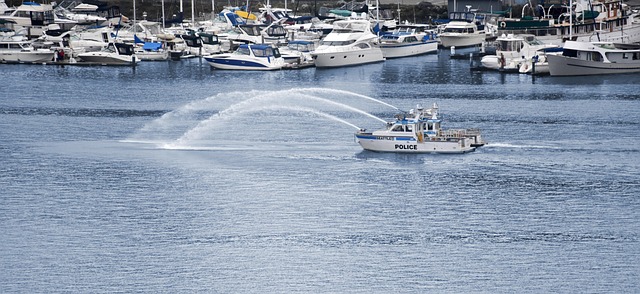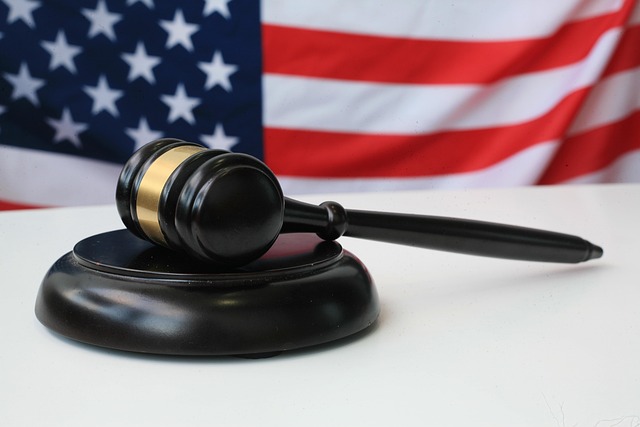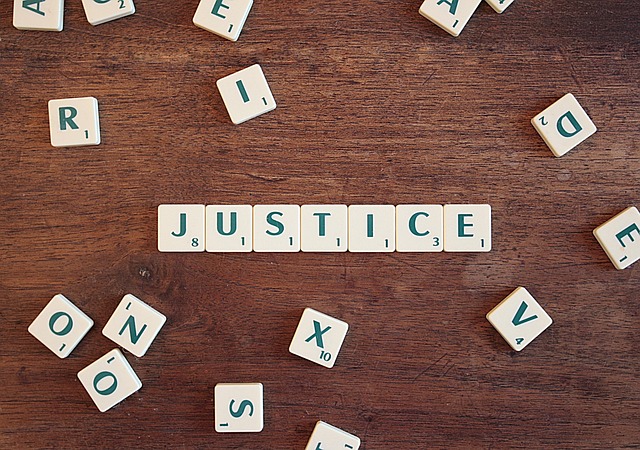Environmental crime trials, a growing sector of white-collar crime, present unique challenges due to complex scientific evidence and environmental regulations. The Sentencing Guidelines for White Collar Crime serve as a cornerstone, guiding strategies from investigation to sentencing. Despite often being overlooked, white-collar crimes like fraud and embezzlement can cause significant ecological damage. There's a growing demand for strict accountability, with successful prosecutions setting precedents against corporate degradation. Sentencing dynamics have evolved, reflecting awareness of environmental crime severity. Skilled defense attorneys challenge guidelines to achieve fairness while prosecutors focus on corporate responsibility. The Sentencing Guidelines are crucial in pursuing environmental justice, ensuring culpability is addressed consistently and deterring potential offenders.
“Environmental Crime Trials: Holding Offenders Accountable for Ecological Damage
This article delves into the intricate world of environmental justice, focusing on trials involving white-collar crimes. We explore ‘Understanding Environmental Crime Trials’ from a legal standpoint, analyzing their impact on ecosystems and communities. The piece examines current sentencing trends, highlighting the importance of guidelines in combating bias. Additionally, we discuss how these guidelines enhance accountability, ensuring just outcomes for ecological offenses, particularly in relation to ‘Sentencing Guidelines for White Collar Crime’.”
- Understanding Environmental Crime Trials: A Legal Perspective
- The Impact of White Collar Crimes on the Environment
- Sentencing Dynamics: Current Trends in Environmental Cases
- Examining sentencing guidelines: Bias and Consistency
- Enhancing Accountability: The Role of Guidelines in Environmental Justice
Understanding Environmental Crime Trials: A Legal Perspective

Environmental crime trials, a burgeoning field within the broader domain of white-collar crime, present unique challenges for legal professionals. These cases often involve complex scientific evidence and require a deep understanding of environmental regulations. The focus shifts from traditional criminal activities to protecting ecosystems and public health, demanding a distinct approach in both prosecution and defense strategies.
In navigating these trials, Sentencing Guidelines for White Collar Crime play a pivotal role. As with any white-collar defense, the goal is to achieve winning challenging defense verdicts while adhering to the legal framework. All stages of the investigative and enforcement process—from initial scrutiny to final sentencing—are crucial in shaping the outcome, emphasizing the need for meticulous preparation and strategic advocacy.
The Impact of White Collar Crimes on the Environment

White collar crimes, often seen as less harmful than violent offenses, have a profound impact on the environment. These activities, which include fraud, embezzlement, and environmental degradation caused by corporate malfeasance, result in significant ecological damage. Companies involved in such crimes may exploit natural resources, pollute ecosystems, and contribute to climate change, all while evading regulatory sentencing guidelines for white collar crime. The consequences are far-reaching: loss of biodiversity, contamination of water bodies, and adverse effects on public health.
Unlike physical crimes with tangible victims, environmental harm caused by white collar offenses is often subtle but no less severe. It affects the delicate balance of ecosystems and threatens the well-being of future generations. However, there’s a growing recognition within the philanthropic and political communities that these crimes demand strict accountability. An unprecedented track record of successful prosecutions is emerging, sending a powerful message that environmental degradation driven by corporate greed will no longer be tolerated.
Sentencing Dynamics: Current Trends in Environmental Cases

In recent years, sentencing dynamics for environmental crime trials have seen an evolution, reflecting a growing awareness of the severity and impact of these offenses. The justice system’s approach to white-collar and economic crimes, including environmental violations, is shifting towards more stringent measures. This shift is evident in the application of Sentencing Guidelines for White Collar Crime, which aim to hold individuals and respective businesses accountable for their actions.
The current trends suggest an unprecedented track record in terms of punishment, with judges imposing harsher sentences on offenders. This change in sentencing dynamics is a response to the increasing complexity and scale of environmental crimes, such as pollution, habitat destruction, and illegal logging. As a result, prosecutors and legal experts are now more focused on investigating corporate responsibility and individual liability, ensuring that those involved face significant consequences under the law.
Examining sentencing guidelines: Bias and Consistency

The sentencing phase of Environmental Crime Trials presents unique challenges when it comes to sentencing guidelines for white-collar crime. Bias and inconsistency can creep into the process, affecting outcomes based on factors unrelated to the severity of the offense. This is particularly concerning in environmental cases, where the impact of criminal activity may not be immediately apparent or easily quantifiable. Sentencing judges play a crucial role in ensuring fairness, but their subjective interpretations and personal biases can inadvertently influence decisions.
A skilled defense attorney’s role becomes vital in navigating these complexities. By challenging sentencing guidelines and presenting compelling arguments, they aim to achieve extraordinary results for their clients. Through meticulous research, strategic advocacy, and a winning challenging defense verdict approach, legal professionals can ensure that justice is served equitably, upholding the integrity of the judicial system while protecting the rights of the accused.
Enhancing Accountability: The Role of Guidelines in Environmental Justice

In the pursuit of environmental justice, enhancing accountability is paramount. Sentencing Guidelines for White Collar Crime play a pivotal role in ensuring that businesses and individuals are held responsible for their actions—or inactions—that cause environmental harm. These guidelines provide a structured framework to mitigate the often subtle, yet significant, impacts of ecological crimes. By offering clear direction on penalties, they deter potential offenders and promote more consistent sentencing, thereby fostering a sense of fairness and justice within the legal system.
The application of these guidelines is particularly crucial in cases involving complex environmental issues where the culpability might be less direct. They help navigate scenarios where, unlike with traditional criminal charges, avoiding indictment or securing a complete dismissal of all charges could undermine the principle of environmental stewardship. Through these guidelines, the judiciary can effectively balance the need for punishment and deterrence while ensuring that respect for the law is maintained in the respective business sectors.
Environmental crime trials play a pivotal role in holding individuals accountable for their actions that harm our planet. By examining the nuances of sentencing guidelines, especially in white-collar crime cases, we can ensure fairness and consistency. The focus on environmental justice is not just a legal necessity but a moral imperative to protect our shared ecosystem. Understanding these trials’ dynamics and advocating for robust sentencing guidelines are essential steps towards a sustainable future. This includes addressing biases that may exist within the system, as we strive for a more balanced approach to environmental protection and accountability.






